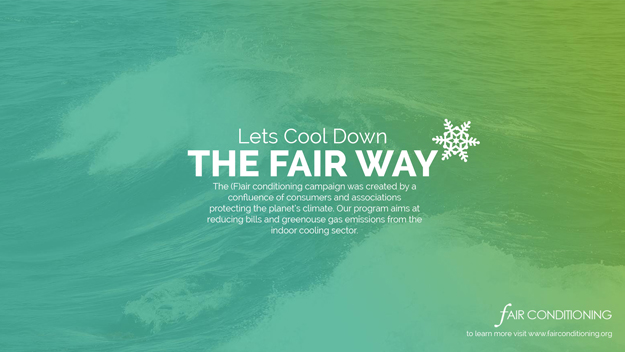Vitals
-
- Location
- Gurgaon
-
- Building Type
- Institutional
-
- Total Floor Area Unit
- SQ. FT.
-
- Building Name
- TERI Retreat Building
Project Team
-
- Architect
- Sanjay Prakash and TERI
Building Design
-
- Orientation
- The TERI RETREAT Building, Gurgaon shows how orientation plays an important role in ‘solar architecture’. The TERI RETREAT Building was oriented along the east-west axis so as to have maximum exposure along north and south which is the most recommended orientation in solar passive architecture. South orientation receives maximum solar radiation during winters which is preferable as composite climate receives severe winters. The orientation ensured winter sun (while keeping the summer sun out) and adequate daylight in the building. (Energy-efficient buildings in India, Mili Majumdar, TERI & MNRE, 2001)
-
- Daylighting
The conference rooms enjoy glare-free daylight through strategically placed skylights. A master control system switches off the lights automatically whenever it senses that daylight alone is enough to maintain the desired level of illumination.
-
- Artificial Lighting System
Uses energy efficient compact fluorescent lamps in the residential quarters, corridors, lobby and toilets. Time based controls switch off lights at present time. In the living rooms, strategically placed light points and specially designed swivels make it possible to use the light at a study table as well as for bedside reading.
-
- Passive Cooling System
The living quarters (the south block of RETREAT) are maintained at comfortable temperatures (approx. 20-30 degree Celsius) round the year by the earth air tunnel system, supplemented, whenever required, with a system of absorption chillers powered by liquefied natural gas during monsoons and with an air washer during dry summer. However, the cooler air underground needs to be circulated in the living space. Each room in the south block has a ‘solar chimney; warm air rises and escapes through the chimney, which creates an air current for the cooler air from the underground tunnels to replace the warm air. Two blowers installed in the tunnels speed up the process. The same mechanism supplies warm air from the tunnel during winter.
-
- Form
- The layout of the blocks maximize daylight year round and winter sun for natural heating. The north block is made slightly concave towards the front. South forms a hybrid convex surface facing the winter sun.
-
- Shading
The building has been designed with adequate shading devices and fenestration has been designed to cut off summer sun and let in winter sun. The external walls are also shaded adequately with red stone jail and deciduous trees. Creepers and trees along the walls add to the insulation and help evaporative cooling (source: Energy Efficient Buildings in India, Mili Majumdar, TERI & MNRE, 2001)
Building Performance
Finances
Lessons Learned
References
-
- Publications
- https://www.teriin.org/photo-story/teri-gram-gwal-pahari
- http://high-performancebuildings.org/pdf/ECM1/ECM1_Case_Studies_Composite.pdf
Related Works
RELATED CASE STUDIES
Druk White Lotus School
Shey
Infosys Hyderabad Campus
Hyderabad
PEDA Office Complex
Chandigarh


